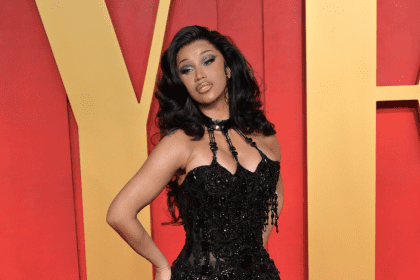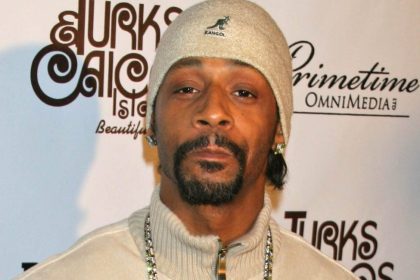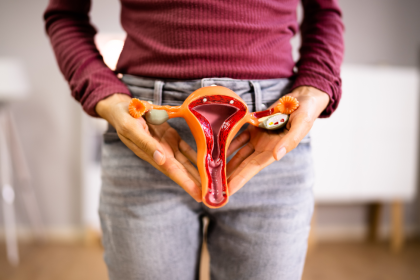Social media has become an undeniable force in shaping our world, and the fashion industry is no exception. Gone are the days when fashion trends were dictated solely by high-end designers and fashion week runways. Today, a new breed of tastemakers has emerged: social media influencers. These individuals, with their carefully curated feeds and captivating personalities, have the power to sway the fashion choices of millions. But how exactly do social media influencers impact fashion trends, and what are the implications of this influence?
The Rise of the Influencer
The rise of social media platforms like Instagram, YouTube, and TikTok has created a space for everyday people to share their style and build a dedicated following. These influencers, often specializing in fashion, beauty, and lifestyle content, connect with their audience more personally than traditional media outlets. Their ability to showcase outfits in a relatable way, coupled with engaging captions and interactive features, fosters a sense of connection and trust with their followers.
The Power of Influence
Social media influencers wield significant power in shaping fashion trends through a variety of tactics:
-
Visual Storytelling: Influencers leverage the power of captivating photos and videos to showcase their style. They often partner with fashion brands to create sponsored content featuring the latest trends in a visually appealing way. This exposure can turn a new piece or style into a coveted must-have for their audience.
-
Trendsetting Through Experimentation: Fashion influencers are often trendsetters, unafraid to experiment with new looks and styles. Their willingness to take risks and showcase emerging trends can inspire their followers to step outside their comfort zones and embrace new fashion ideas.
-
Building Trust and Authenticity: Unlike traditional advertising, social media influencers often cultivate a sense of authenticity with their audience. They share their personal experiences, fashion choices, and even styling tips, fostering a sense of trust and relatability. When they endorse a particular trend, it can feel like a genuine recommendation from a friend rather than a forced advertisement.
-
The Power of Community: Social media influencers build communities around their shared love of fashion. This allows for interaction and discussion, where trends can be further explored, debated, and adopted or adapted by the broader community.
The Impact of Influencer Fashion
The influence of social media influencers on fashion trends has a significant impact on the industry as a whole. Here’s a closer look at some of the consequences:
-
Democratization of Fashion: Social media has democratized the fashion industry, giving a voice to a broader range of styles and aesthetics. This allows for more diverse representation and caters to a wider audience beyond the traditional fashion elite.
-
The Fast Fashion Cycle: The fast-paced nature of social media, with its constant stream of new trends, can contribute to a faster fashion cycle. Consumers may feel pressure to keep up with the latest trends, leading to increased consumption and potential overspending.
-
Blurring the Lines Between Authenticity and Sponsorship: The prevalence of sponsored content can sometimes blur the lines between genuine recommendations and paid advertising. Consumers need to be discerning and understand the potential influence of brand partnerships on influencer content.
-
The Pressure to Maintain a Perfect Image: The curated world of social media can create unrealistic beauty and fashion standards. The constant pressure to project a perfect image can negatively impact self-esteem, particularly for young and impressionable audiences.
The Future of Influencer Fashion
As social media continues to evolve, the role of influencers in shaping fashion trends is likely to change as well. Here are some potential future directions:
-
Greater Transparency: There might be a push for increased transparency in influencer marketing, with more transparent disclosure of sponsored content and brand partnerships.
-
The Rise of Micro-Influencers: Micro-influencers, with smaller but highly engaged followings, may gain even more influence. Their niche expertise and genuine connections with their audience could sway purchasing decisions more significantly.
-
Focus on Sustainability and Ethics: Consumers are becoming more conscious of sustainability and ethical practices in the fashion industry. Influencers who promote sustainable and ethical brands could play a significant role in shaping consumer behavior.
Ultimately, the power of social media influencers in shaping fashion trends is undeniable. However, it’s essential to approach this influence with a critical eye. Awareness of the potential biases and the fast-paced nature of social media trends allows consumers to make informed choices and develop their unique sense of style. Social media can be a valuable tool for fashion inspiration, but it shouldn’t dictate your wardrobe.
This story was created using AI technology.















